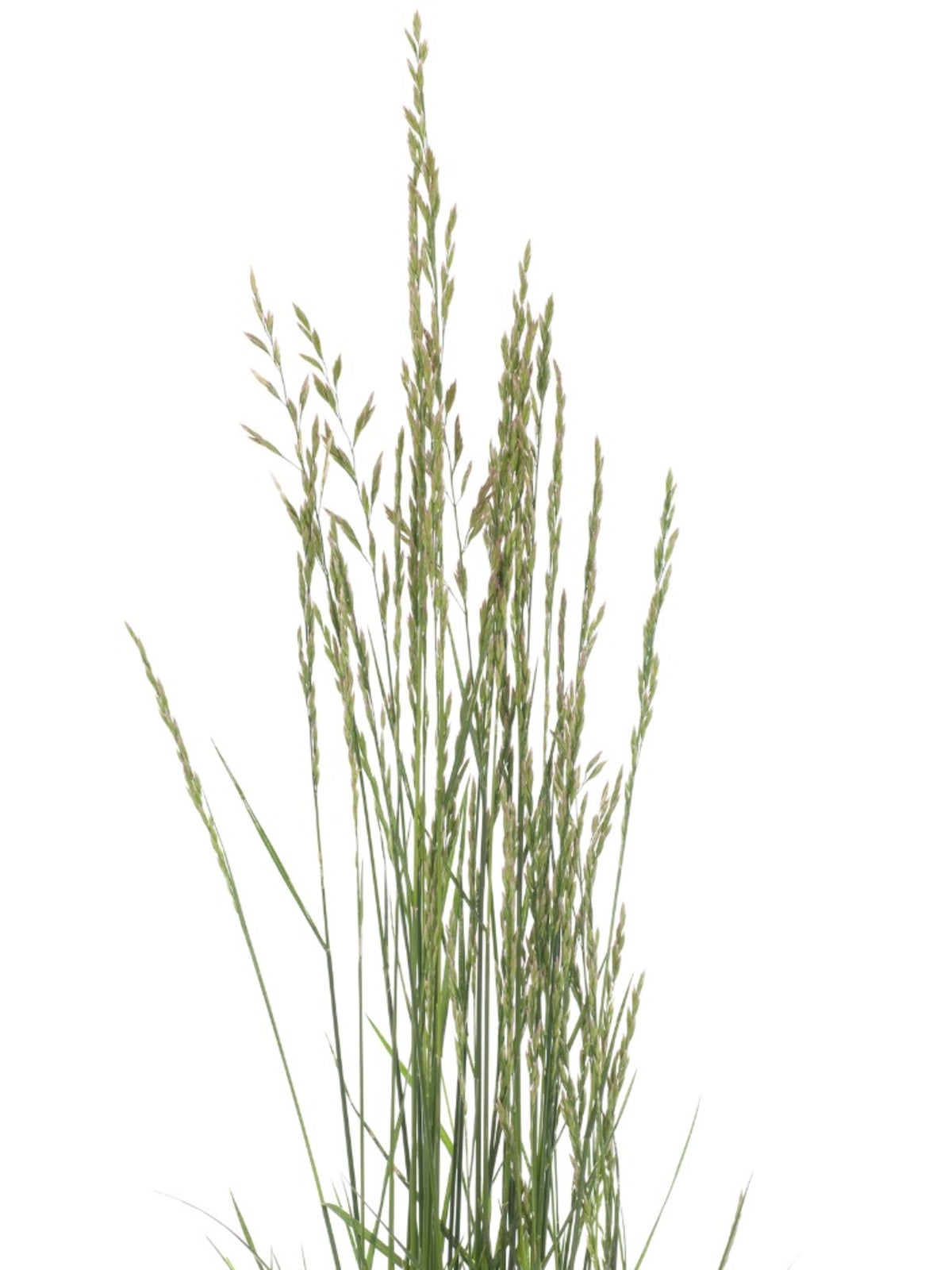What Is Sheep Fescue Grass – Growing Requirements For Sheep Grass In Gardens


Sheep grass plants are native to Europe but widely planted in North America. They are an important part of wild grass plains and are used as forage for livestock. Sheep fescue grass is drought tolerant, slow growing, and thrives in infertile soil. A characteristic of fescues is that they are a tufted perennial with easy adaptive qualities. Sheep grass in gardens needs to be carefully managed to minimize pop up plants from self-sowing and control where it grows.
About Sheep Fescue Grass
Sheep fescue growing is generally for agricultural and livestock purposes. As an ornamental grass, it lacks elegance but is excellent used in a wild meadow landscape scheme. It can provide food and cover for birds and other animals. Best of all caring for sheep grass is simple and easy. This is a hardy, self-sustaining plant.
Sheep grass plants are true grasses in the family Poaceae. The plant is considered a cool season grass and has superior tolerance to different soils, drought, and cold. The dwarf bunchgrass has narrow, semi-erect blades. Plants can grow up to 12 inches (31 cm.) tall. Sheep grass produces dense panicles which develop into narrow seeds. Seeds are windborne and the plant is a hermaphrodite and self-seeds readily. In the wild it is found in both acidic and alkaline soil, in sun, or even shade. In North America it is used in mountains, open forests, and foothills from Alaska to New Mexico.
Tips on Sheep Fescue Growing
You may sow this grass anytime of the year provided soil is workable. It is slow growing and is generally sown with a ground cover seed that will help protect young seedlings. It cannot withstand soggy soil but almost any other condition suits it just fine. It will even survive fire, but it takes a few years for full recovery.
Seeds can be surface sown or drilled. Provide moisture until plants are several inches high (8 cm.). In field situations control competitive weeds initially, but once established, the dense root system creates its own weed control. Sheep grass in gardens can be mowed to prevent seed dispersal and give the stand a uniform appearance.
Caring for Sheep Grass
This is a very tolerant plant and needs little care. Its primary pest is the grasshopper and it is resistant to most turf grass fungal diseases. Since the plant self-seeds, it may be necessary to remove the panicles before seed crack and dispersal.
Once the plant is mature it will green up in March and produce seed by July. Much of the growth occurs in spring and it is not unusual for plants to turn brown in summer unless consistently watered. If the plants turn brown there is no cause for alarm, as the plants will return the following spring.
Sign up for the Gardening Know How newsletter today and receive a free copy of our e-book "How to Grow Delicious Tomatoes".

Bonnie Grant is a professional landscaper with a Certification in Urban Gardening. She has been gardening and writing for 15 years. A former professional chef, she has a passion for edible landscaping.